I'm trying to recover data from a cheap kingspec ssd that stopped working some months ago. It is not recognized by the computer at all. I get some messages saying the computer is trying to connect to the sata link (ubuntu server) but it eventually gives up.
The information is not irreplaceable so I thought I'd give it a shot at trying to repair it, just for fun. I looked up some methods online. I first tried to "power cycle" the SSD, that didn't work.
I then tried to bake it in a small oven I have for non-food experiments, by setting the temperature to 250ºC, without preheating it. I was supposed to leave it for around 8 minutes, but since the pcb plastic started "crackling" I shut off the oven after about 6 minutes and let it cool for 20 minutes. This also didn't work.
I then tried to set the temperature to 200ºC, preheated the oven, and left it in there for around 9 minutes. Still no luck, but I can now see that one of the solders on one of the chips looks "wrong". See image below. I have a soldering iron and some decent solder with flux inside, but no standalone flux or heating gun. Should I try to use my soldering iron to set that solder or should I just try to bake it again and at what settings?
Many thanks.
